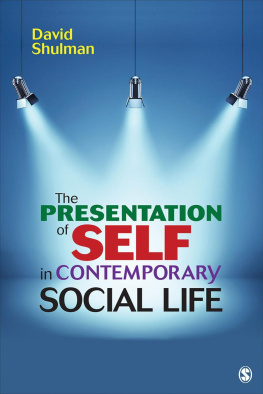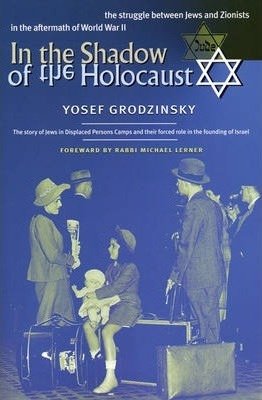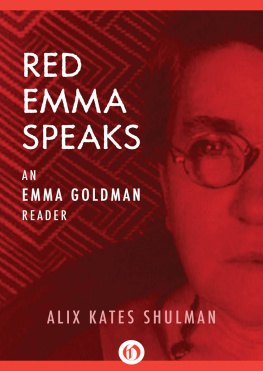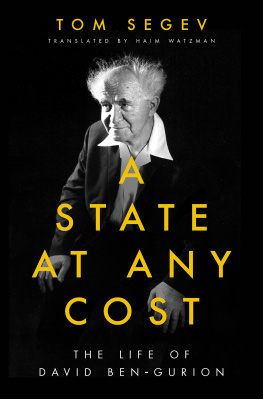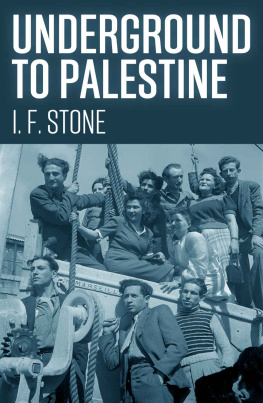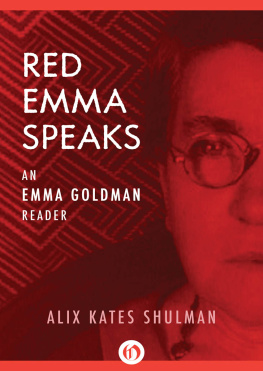THE ABLEST
NAVIGATOR
THE ABLEST
NAVIGATOR
LIEUTENANT PAUL SHULMAN, USN
ISRAELS VOLUNTEER ADMIRAL
J. WANDRES
NAVAL INSTITUTE PRESS
Annapolis, Maryland
The latest edition of this book has been brought to publication with the generous assistance of Marguerite and Gerry Lenfest.
Naval Institute Press
291 Wood Road
Annapolis, MD 21402
2010 by J. Wandres
All rights reserved. No part of this book may be reproduced or utilized in any form or by any means, electronic or mechanical, including photocopying and recording, or by any information storage and retrieval system, without permission in writing from the publisher.
Library of Congress Cataloging-in-Publication Data
Wandres, J.
The ablest navigator : lieutenant Paul Shulman, USN, Israels volunteer admiral / J. Wandres.
p. cm.
Includes bibliographical references and index.
ISBN 978-1-61251-384-3 (hardcover : alk. paper) 1. Shulman, Paul, 1922-1994. 2. AdmiralsIsraelBiography. 3. Israel. Hel-ha-yamOfficersBiography. 4. Israel. Hel-ha-yamHistory. 5. United States. NavyOfficersBiography. 6. IsraelHistory, Naval. 7. World War, 1939-1945Naval operations, American. I. Title.
V64.I752S58 2010
359.0092dc22
[B]
2010030317
15 14 13 12 11 10 9 8 7 6 5 4 32
First printing
Book layout and composition: Alcorn Publication Design
CONTENTS
W hen I hear people tell me that writing must be such a lonely job, I smile, because I know and have experienced the thrill of constructing a book from idea to index. It is like assembling a sixty-thousand-piece picture puzzle. First, its a huge jumble of ideas and information. Then you start to see how small groups of pieces fit together, and then these are connected to larger assemblies, until the whole tapestry is revealed before you. Set the puzzle-in-progress out on a table, and someone is sure to come by and add a few pieces. In the instance of writing The Ablest Navigator, people I contacted from all over the United States and in Canada, England, Italy, and Israel virtually stopped by to help put together the picture of Paul Shulman, Israels first admiral. Yet, as amazing as the World Wide Web is, I am sorry that I will probably never get to actually meet most of my colleagues and contributors, many of whom are at an advanced age. But in a sense, we are like family. Speaking of family, I could never have managed this project without the steadfast belief in the project by my wife, Judi, and the support and encouragement from our extended-blended families and our many friends.
Among this group were several first readers who read and commented on the subject of a narrative biography about Paul Shulman based only on an early summary outline. These honest commentators included Navy colleagues Elwood Woody Berzins, George Gus Cambanes, Bill Flynn, Emmett Francois, Lawrence Skid Heyworth, Jonathan Leff, Steve LeShay, Don Smith, and Ken Smith. Personal friends included Guy Beardslee; Peter Bellincampi and his wife, Judi OKeefe; Craig Birnbach; Dennis Eschbach; Sam Finley; Michael Hoffman; Michael Koss; Paul and Cyndi LaPierre; Bob Mann; Jerry and Reva Shapiro; Sy Sokatch; Justin Wandres; and Walter Zanger.
There is also a large crew of confederates who knew or served with Paul Shulman at various stations along his life and shared their memories. Pauls cousin, Albert Bildner, spent hours describing what life in the Shulman household was like. Pauls brother, Mark, as well as his wife, Peggy, and their children, David Shulman and Judith Shulman Roth, provided pithy recollections of life with Paul. Ruth Halprin Kaslovewhose mother, Rose Halprin, was Hadassahs president and friend of Pauls mother, Rebeccaexplained how she and Paul dashed the hopes of their Jewish mothers that the two youngsters should make such a nice wonderful married couple; if only?
C. Douglas Tait, who retired as a captain in the Navy Medical Corps, recalled the University of Virginias Naval Reserve Officer Training Corps (NROTC) program and Cadet Shulman. Larry Shaffer, one of Shulmans roommates at the Naval Academy, remembered how long and hard Paul had to study just to keep from bilging out. Charles Sobel, also in Shulmans class but in a different battalion, remembered Pauls features in The Log. Years later, Sobel and his family, including son, Larry, would become regular visitors to the Shulman home in Haifa. Among others who recalled the Naval Academy during the war years was Commander Jonathan Leff, who earned his commission in the accelerated class before Paul. Jonny Leff would later hook up with Kvarnit (Commander) Shulman in Israel and serve as a gunnery instructor at the naval academy Shulman set up. Rear Admiral Donald T. Poe, USN (Ret.), corresponding secretary of the Class of 1945 Alumni Association, added to my knowledge of his class (which also graduated Wally Schirra, who became one of Americas pioneering astronauts). Much factual information about Midshipman Shulmans courses of studies and his grade point average came from the academic archives, courtesy of the Academys Commander Rod Gibbons, who was then the Academys public affairs officer.
Many U.S. Navy ships have veterans alumni associations. It was through the veterans Web site of the USS Hunt association that I found Bill Macy and Don Steffins, members of the destroyers first cruise, of 194445. I also met USS Hunt officer Jim Wilson, who provided a look at the destroyers first deployment. Alan Kahn recalled Shulmans demeanor at the low end of the table in the Wardroom. The veterans group Web site for the USS Massey gave names of several men who served with and remembered Lieutenant (j.g.) Shulman: enlisted men Ray Shilka and Carl Zinn and officers Rafael Ray Mur and Martin Zenni.
It is after Lieutenant Shulman submitted his letter requesting to be released from active duty in March 1947 that the paper trail to his life became difficult to follow. Books such as Teddy Kolleks For Jerusalem: A Life and Leonard Slaters The Pledge give an overview of Haganah activities in the United States after World War II. Israel, The Way It Was, by Haim Gershoni (aka Hal Gershenow) provided a close-up look at how he and his volunteers and Israeli shipyard workers put several of the derelict former Aliyah Bet refugee vessels back in service as warships of the Israeli navy. At a more personal level, Marvin Broder, Dr. David Macarov, and Dr. Richard Rosenbergeach a former U.S. naval officerfilled me in on the work they did for the Haganah and their roles in helping to stand up the Israeli navy. Mimi Finard contributed to my understanding of the activities of her husband, Saunder, during and after Israels War of Independence as well as Sandys involvement with Paul Shulman in their company, National Engineering, Ltd.
Through an organization known as AVIthe American Veterans of IsraelI met, interviewed, or corresponded with several Americans who had volunteered to serve the cause of Zionism: David Baum; Dr. Jason Fenton, who heads up Machal West, which is similar to the AVI; Murray-Hana Greenfield; David Hanovice; Israel Kanot; Paul Kaye; Sam Klausner, the indefatigable former editor of the AVI Bulletin; Harold Dov Shugar; Philip Strauss; and Charles Weiss each contributed from his own unique memory of Paul Shulman. In the United Kingdom, Stanley Medicks, head of the United Kingdom and European section of World Machal, provided details about the Royal Navys Palestine Patrol. Fritz Freddy Liebreich was generous in sharing his masters thesis about Great Britain and its fractious relationship with the Jewish Agency for Palestine as well as his observations about the Israeli leaders fractious early attempts to manage their own affairs.
And the archives, and their amazing archivists! At the University of Florida, Gainesville, Dr. Ralph Lowenstein, professor emeritus and director of UFLs Journalism Department, has done yeoman service collecting and archiving the records and recollections of AVI members and other volunteers from abroadthe other Machal (Volunteers from Abroad). In Israel, Colonel David Teperson, director of the Machal Museum, continues to collect stories about the volunteers from Holland, South Africa, New Zealand, and Australia. Other help came from the archives at the U.S. Military Academy at West Point, New York, which holds the papers of the late Colonel David M. Mickey Marcus. At the National Archives in College Park, Maryland, archivist Sally Kuisel, a specialist in U.S. foreign affairs, and Barry Zerby, a specialist in modern U.S. Navy records, each helped to steer me to the archives voluminous holdings. Eleanor Yadin, in the New York Public Librarys Dorot Division of Jewish History, pointed me to a tape recording of the oral history that Paul Shulman did for the North Americans in Israel project sponsored by the Association of Americans and Canadians in Israel (AACI) and the American Jewish Committee (AJC). At the American-Jewish Historical Society, Susan Woodland, keeper of the Hadassah archives, helped me to understand the role that Rebecca Shulman played in her sons involvement with the Jewish Agency for Palestine as well as the work he would do to manage the reconstruction of the Hadassah Medical Center at Mount Scopus, Jerusalem. A special thanks goes to Representative Frank Pallone of New Jersey, whose letters to the Department of State helped get my Freedom of Information Act request acted upon in my lifetime.
Next page

